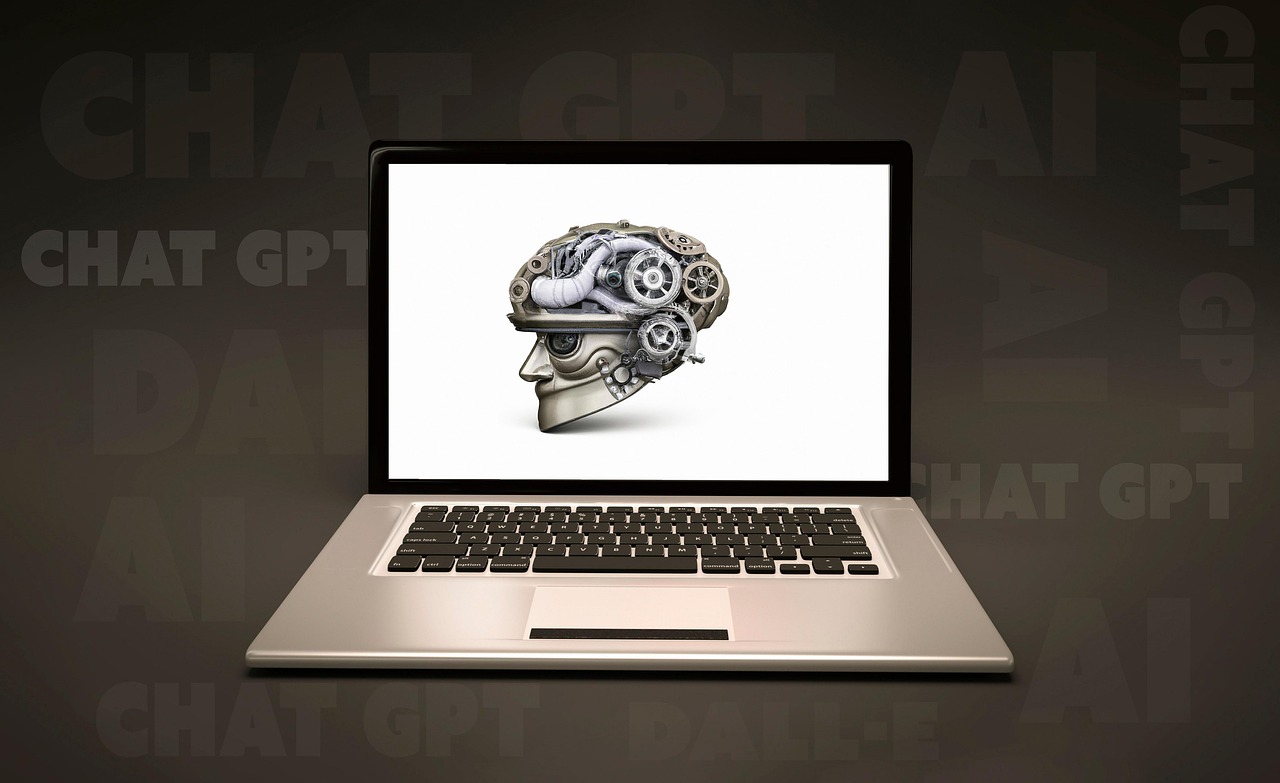AI is rapidly transforming our world, impacting everything from how we work and communicate to the very fabric of society. Beneath the surface of these visible advancements lies a vibrant and constantly evolving landscape of AI research. Understanding this research is crucial to anticipating future breakthroughs and harnessing the potential of artificial intelligence responsibly. This blog post delves into the key areas of AI research, exploring current trends, challenges, and potential applications.
Current Landscape of AI Research
Key Research Areas
AI research is a multifaceted field encompassing numerous sub-disciplines. Some of the most prominent include:
- Machine Learning (ML): The core of many AI systems, focusing on algorithms that allow computers to learn from data without explicit programming. ML techniques range from supervised learning (e.g., image classification) to unsupervised learning (e.g., clustering customer data) and reinforcement learning (e.g., training game-playing agents).
- Natural Language Processing (NLP): Enabling computers to understand, interpret, and generate human language. NLP research powers applications like chatbots, machine translation, and sentiment analysis.
- Computer Vision: Empowering computers to “see” and interpret images and videos. This includes object detection, image recognition, and scene understanding, critical for autonomous vehicles and medical image analysis.
- Robotics: Developing intelligent robots capable of performing tasks autonomously or semi-autonomously, spanning from industrial automation to healthcare assistance.
- AI Ethics and Safety: Addressing the ethical and societal implications of AI, including bias, fairness, transparency, and the potential for misuse.
Leading Research Institutions and Companies
AI research is driven by a mix of academic institutions and corporate labs. Leading players include:
- Universities: Stanford University, MIT, Carnegie Mellon University, University of California, Berkeley – all renowned for groundbreaking AI research.
- Tech Companies: Google (DeepMind), Microsoft, Facebook (Meta), Amazon – invest heavily in AI research and development, often with a practical focus on improving their products and services.
- Independent Research Labs: OpenAI – a non-profit research company focused on developing safe and beneficial AI.
Key Trends in AI Research
Deep Learning Advancements
Deep learning, a subfield of machine learning that utilizes artificial neural networks with multiple layers, continues to drive significant advancements.
- Transformer Models: Architectures like BERT and GPT-3 have revolutionized NLP, enabling breakthroughs in language understanding and generation. For example, GPT-3 can generate human-quality text, translate languages, and answer questions with impressive accuracy.
- Generative Adversarial Networks (GANs): GANs are used to generate realistic images, videos, and other data. They have applications in art, entertainment, and data augmentation. A practical example is creating realistic images of medical conditions for training AI models.
- Graph Neural Networks (GNNs): Designed to process data represented as graphs, GNNs are particularly useful for social network analysis, drug discovery, and recommendation systems.
Explainable AI (XAI)
As AI systems become more complex, understanding why they make certain decisions is crucial. XAI aims to develop methods for making AI more transparent and interpretable.
- Benefits of XAI:
Increased trust in AI systems.
Improved accountability.
Identification and mitigation of bias.
Debugging and improvement of AI models.
- Techniques: Examples of XAI techniques include feature importance analysis, SHAP values, and LIME (Local Interpretable Model-agnostic Explanations).
Reinforcement Learning
Reinforcement learning (RL) focuses on training agents to make optimal decisions in an environment to maximize a reward.
- Applications:
Robotics: Training robots to perform complex tasks, such as grasping objects or navigating through cluttered environments.
Game Playing: RL agents have achieved superhuman performance in games like Go and chess.
Resource Management: Optimizing energy consumption in data centers or managing traffic flow in cities.
Challenges in AI Research
Data Requirements and Bias
AI models, especially deep learning models, often require vast amounts of labeled data to train effectively.
- Data Scarcity: Obtaining sufficient labeled data can be a significant challenge, especially in niche domains.
- Data Bias: If the training data is biased, the AI model will likely perpetuate and amplify those biases. For example, an AI system trained on biased data might exhibit discriminatory behavior in hiring or loan applications.
- Mitigation Strategies: Techniques like data augmentation, synthetic data generation, and bias detection and mitigation algorithms are used to address these challenges.
Computational Resources
Training large AI models can be computationally expensive, requiring access to powerful hardware and significant energy resources.
- Hardware Acceleration: GPUs (Graphics Processing Units) and TPUs (Tensor Processing Units) are specialized hardware designed for accelerating AI computations.
- Cloud Computing: Cloud platforms like AWS, Azure, and Google Cloud provide access to scalable computing resources for AI research and development.
- Algorithm Optimization: Research into more efficient AI algorithms can help reduce computational requirements.
Ethical and Societal Implications
AI raises important ethical and societal questions that must be addressed responsibly.
- Job Displacement: Automation driven by AI could lead to job losses in certain sectors.
- Privacy Concerns: AI-powered surveillance technologies raise concerns about privacy and civil liberties.
- Autonomous Weapons: The development of autonomous weapons systems raises serious ethical concerns about accountability and control.
- Responsible AI Frameworks: Organizations and governments are developing ethical guidelines and frameworks for the development and deployment of AI.
Future Directions in AI Research
Neuro-Symbolic AI
Combining the strengths of neural networks and symbolic AI.
- Neural networks: excel at pattern recognition and learning from data.
- Symbolic AI: provides reasoning and knowledge representation capabilities.
- Benefits: This combination can lead to more robust, explainable, and generalizable AI systems.
- Example: Creating AI systems that can both understand language and reason about the world.
Edge AI
Bringing AI processing closer to the data source, at the “edge” of the network.
- Benefits:
Reduced latency
Improved privacy
Increased reliability
- Applications: Edge AI is particularly relevant for applications like autonomous vehicles, smart cities, and industrial automation.
AI for Scientific Discovery
Using AI to accelerate scientific research across various disciplines.
- Drug Discovery: AI can be used to identify potential drug candidates and predict their effectiveness.
- Materials Science: AI can help discover new materials with desired properties.
- Climate Modeling: AI can be used to improve climate models and predict the impact of climate change.
Conclusion
AI research is a dynamic and transformative field with the potential to revolutionize numerous aspects of our lives. By understanding the current landscape, key trends, challenges, and future directions of AI research, we can better anticipate and harness the power of this technology for the benefit of society. As AI continues to evolve, it is crucial to address the ethical and societal implications responsibly and ensure that AI is developed and used in a way that promotes fairness, transparency, and accountability.




